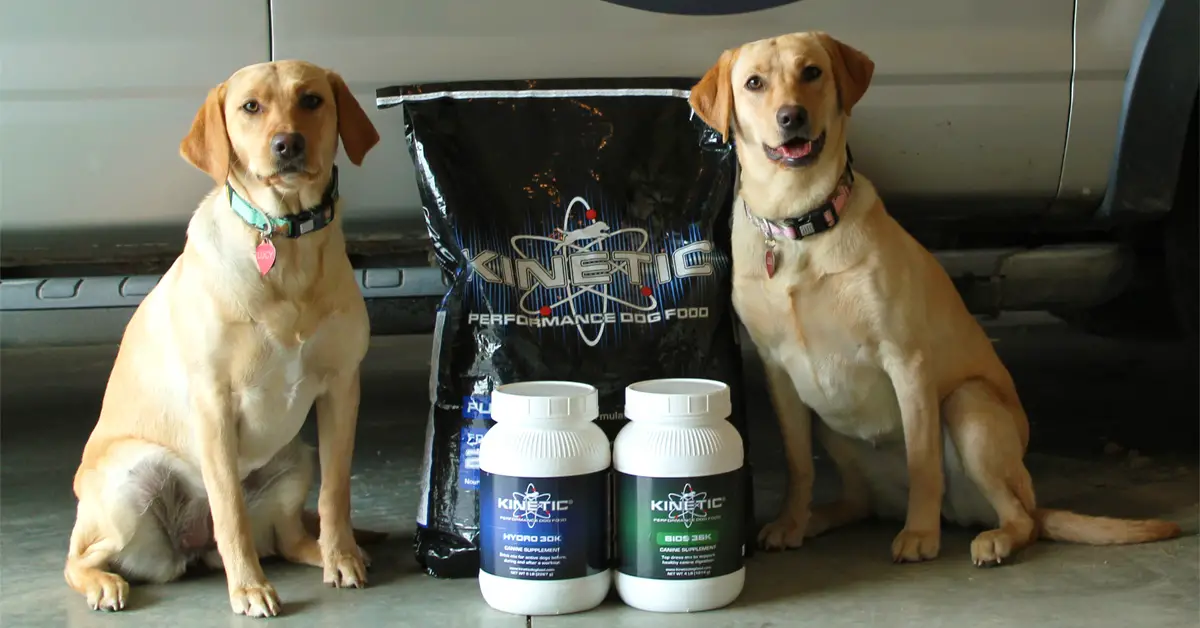This article originally appeared in the September 2020 issue of Schutzhund USA Magazine.
As dog people, you probably hear it at shows, online, in the field and at training. If someone isn’t asking about the best dog food, they’re telling you which is the best dog food. It could be a name brand dry food or it could be a raw feeding regimen that someone is touting. It doesn’t really matter unless you factor in the most important aspect of the conversation; the dog.
Every Dog Is Different
While some foods and feeding programs are better than others, it’s really difficult to arrive at the best options without taking the specific dog, or dogs, into account. Just like people have different activities, sensitivities and metabolism, so do dogs. Dogs from the same genetic lines, and even from the same litters, can be very different in how the grow, develop, act, work and play. This is extremely important to remember. Every dog is different.
A great example of this is something we frequently reference from one of our owners. They have two females from the same litter. They are female Labrador Retrievers that are active hunting dogs. Despite the fact that they’re from the exact same genetic lines, are the same age, the same sex and virtually the same size, they are very different in a number of ways. Here are a few examples.
Build: Although there’s only about 3 pounds weight difference, one is more compact, lean and muscular while the other has a longer profile with softer body cover. Surprisingly, while they’re both very fit and agile dogs, the softer looking one is the more athletic of the two.
Energy Level: The more compact muscular dog is much more energetic in nearly all aspects. The dog that’s longer and a bit softer in appearance is much calmer in general.
Personality: While both are very people and dog friendly, one is apt to follow you everywhere you go and always wants to be near you. She’s the ultimate people pleaser. The other, while very affectionate, requires less frequent close contact and prefers to do it on her terms. She’s often paying more attention to her own program. Even their demeanor is different as you can see in the photo we’ve included with the article.
Feeding and Management: While they can both be fed the same diet, the smaller, more active one will tend to lose weight if not fed more. She also tends to be more heat sensitive and requires more careful hydration during activity. The other just seems to need less food and water to produce the same level of work despite being slightly larger. She also tends to handle heat better and pant less.
Feeding Factors
Due to the nature of our business as a dog food company, we are often asked which of our formulas is the right one for a given dog. After first stating that, you guessed it, every dog is different, we follow up with a few questions that help us determine the most likely starting point for a good match. Regardless of what you prefer for your feeding program, these are generally good indicators of what type of diet will work best for your dog.
- How old is the dog?
- How large will the dog be at maturity?
- What are you currently feeding?
- Approximately how much do you currently feed?
- Does the dog lose weight easily?
- How are the stools currently?
- Does the dog have any known food sensitivities?
If we can get good answers to most, or all, of these questions, we can be pretty confident in providing a food recommendation with a high likelihood of success.
Selecting a Feeding Program
To determine your own best approach, it helps to recognize that each dog is a little different and pay close attention to the feeding factors we noted above. It also helps to focus your attention on products and programs that cater to the active working and sporting dog. We tend to have a high success rate with activity stressed dogs precisely because that’s what our products are built to address. Feeding programs that are more general or geared toward less active companion animals often struggle to meet these demands.
16
SEP
2020
